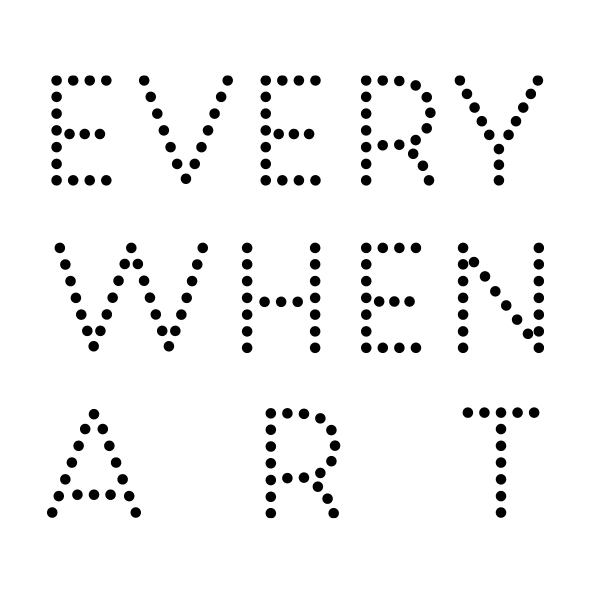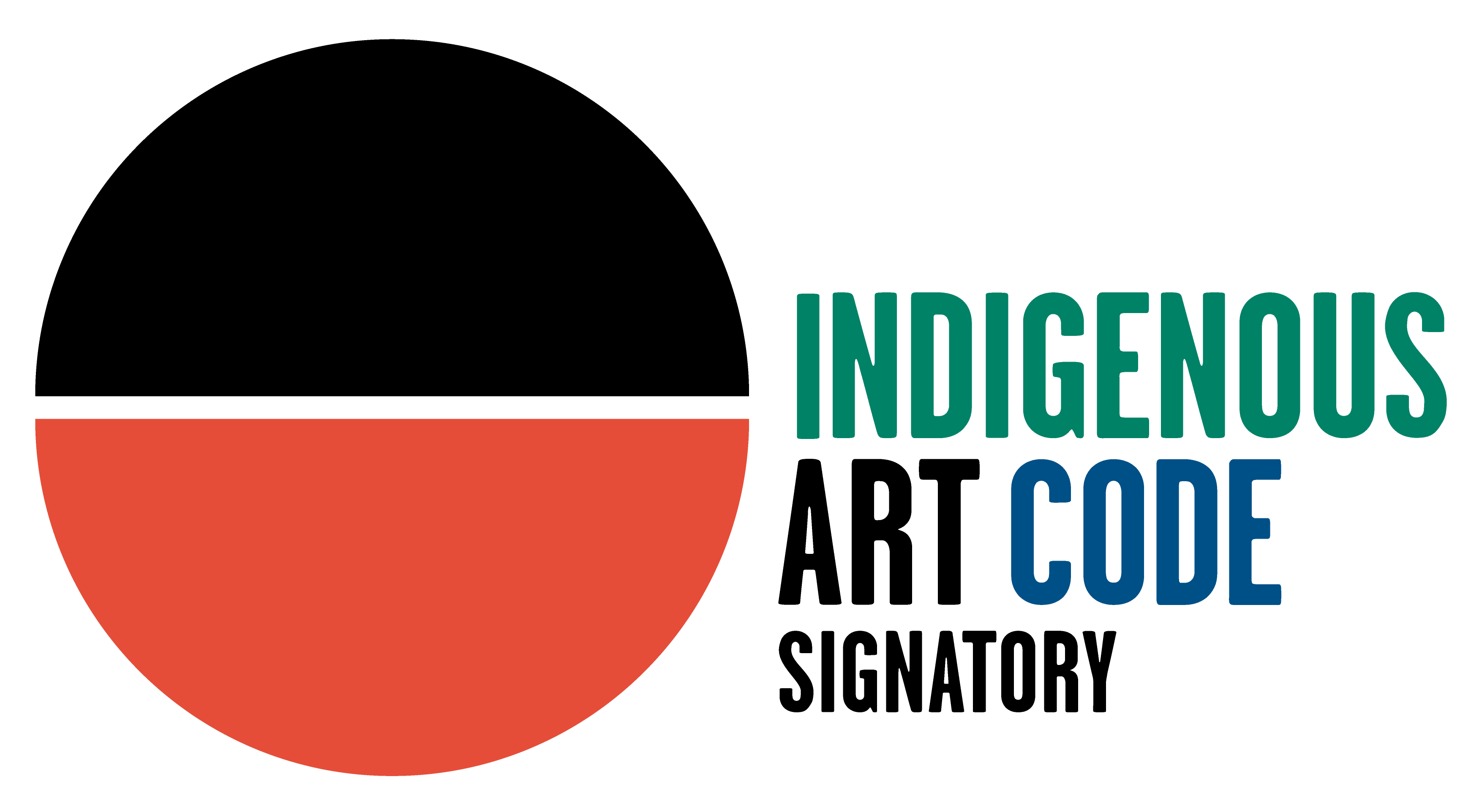“I am the son of Manydjarri Ganambarr (father) and Gudaltji Munyarryun (mother). My father is an elder or clan leader for the Ḏatiwuy mala (clan) after Mowarra. Manydjarri has taught me how to make yiḏaki, singing songs and dancing. I stay at Dhalinybuy outstation (my wife's land) where I make yiḏaki to sell. We go into the bush to find yiḏaki and use a wheelbarrow to bring them, it’s hard work but manymak (good). There is a large river at Dhalinybuy where we go hunting for Balin (Barramundi). I also stay at Rorruwuy outstation and like to go hunting there as well.”
Ŋoŋu is respected as a law-man for the Datiwuy clan and is gradually assuming more leadership responsibilities from his father, Manydjarri Ganambarr, a highly respected ceremonial expert. Manydjerri is the eldest son of Mowarra Ganambarr who was born in 1917 and lived through the full range of changes in North East Arnhem land from pre- European contact, the Second World War, missionary times and the mining era. During WWII, Mowarra was a member of the N.T. special reconnaissance unit of traditional Yolŋu men. His work was collected by the anthropologists Berndt in 1947. His work is also held in the Australian National Gallery, the National Museum of Australia and the National Gallery of Victoria. He died in 2005.
As part of this lineage and responsibilities, in 2015, Ŋoŋu began to produce sculpted larrakitj in his family’s style under the watchful direction of his djuŋgaya (manager) from the Yirritja moiety, Buwathay Munyarryun. These larrakitj are intricately painted with sacred clan designs.
In addition to painting, Ŋoŋu has also inherited the right and responsibility from his father to sing sacred songs in ceremony, which is one of the most important roles in Yolŋu society as the history, law, kinship and sacred meanings are held within song. His singing features alongside his father on the recording 'Rorruwuy,' produced by the Mulka Project. He is also featured in many other recordings, both as a song-man and as a dancer, having represented Yolŋu culture within Australia, England, Japan and Iceland.
Within his home environment, Ŋoŋu is a hard working family man who shares the important management role of djuŋgaya for the community of Dhalinybuy, alongside Gurumin Marika and Yali Munuŋgurr. This involves various cultural responsibilities and also includes facilitating visitors access to the community, which at times are non-Aboriginal workers and fishermen. Ŋoŋu has a reputation as a gentle and humble man, with a willingness to share his culture with non-Aboriginal people.
Ŋoŋu makes consistently excellent yiḏaki. He is well known for selecting specific trees that often have completely natural bores and narrow chambers through the top section, producing instruments that have acoustics reminiscent of older style yiḏaki, ie. prior to modern tools; what some would call more 'traditional.'
His yiḏaki are often painted with sacred designs depicting the freshwater system of Dhalinybuy, his mother's country. More recently, Ŋoŋu has been painting his yiḏaki with sacred designs from his father's country that sometimes refer to the saltwater regions off the coast of Rorruwuy community, where the actions of Mana the ancestral shark intimated relationships to the Datiwuy clan.


